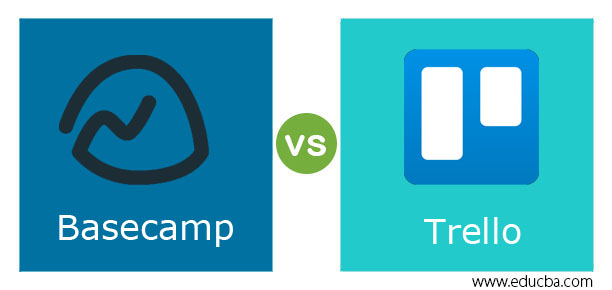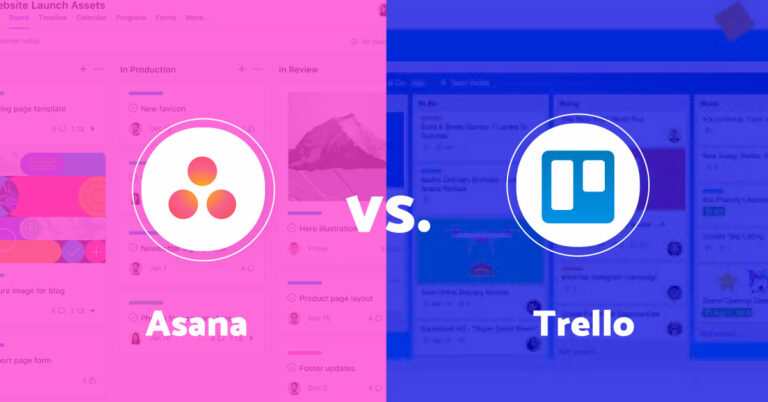

While I don't discount that some consumers may be frustrated at times by an abundance of choice and may naively think their life would be better with fewer choices, I don't think reality would bear that out. It’s a perfect example of the paradox of choice.Įither this is not a good example of the paradox of choice, or as I am more inclined to believe, the paradox of choice is mostly bunk. There are so many note-taking apps you could try but end up sticking to none. It is basically a post-it note and I realised that is all I needed. Sure Things is more limited but I like that. I switched back to Things 3 a year or so ago as I found Todoist overwhelming after a while. These days I find a more limited and simpler solution is better for me. I felt I spent longer arranging things in Notion than I did working on things. Recently I tried out Notion and god it was awful. I figured I have iA Writer and Apple Notes and that works well enough so gave up trying every new note taking app that came out and haven't had any regrets. Anything I plan to keep around as more (small) documentation I switch over to iA.Ī few years ago I just got tired of trying out all these different notes apps. I try to keep anything in Apple Notes as short term notes. Although copy/paste works just fine so not a huge deal tbh.įor anything that I find lives in Apple Notes a bit too long I move it over to plain text and use iA Writer.

It works well enough for everything I do with the only draw back (to me) being it isn't available as raw text.

I do not have the energy to build it though. Sometimes, I just want to explore the "web" of how things connect but I've never encountered a system that affords me different "cameras" to explore my curated content. Granted, neither does Notion nor Keep.įor me, things start out flat (Keep) and then they nest (Notion) but I also have interrelationships, and need pointers between things. The problem with that is that it doesn't at all mirror my mental model of how things relate to one another. It doesn't deal with the visual information I store very well either. I'm not great at utilising tags, so oftentimes I'll just scroll through "everything" (sometimes narrowed by say searching for "images") and I have pretty decent visual memory so I'll readily find the thing I'm looking for just because things have the right shape (even text). But, Keep has become sluggish as a result. The problem is probably me, I save a lot of stuff. I've used Keep extensively, but have been slowly migrating over to Notion as I need more structure than what tags in Keep can afford me. But you just need that process to organize periodically and then the structure in place is there (now I daily just move things to the right project/area and assess whether to create new projects / refactor maybe once a month). It took me three years (and 1000 unfinished notes) to realize this. It all comes down to caches being fast for writing and reading but then there needs to be maintenance to preserve access speed.
INKDROP VS TRELLO CODE
All of which can be usually grouped into one more level for even faster access (‘no code resources’, ‘design resources’, etc). Recently I took the time to go through my almost 1000 inbox notes and fold them into ‘promo notes’ or ‘startup ideas’ or ‘startup resources’. But after a certain point it’s not efficient to access things linearly, so you need to introduce some sort of tree. I didn’t realize this was the key part of all systems like bullet journaling or GTD (or the different org mode flows or NV as I understand them). The key part of using inbox-oriented task apps is to have a process to review the inbox and fold it into some shallow hierarchy of “folders” or “projects” etc. I find the Things.app very convenient (and worth the one time cost for macOS and iOS since I use it 10-100 times per day).


 0 kommentar(er)
0 kommentar(er)
